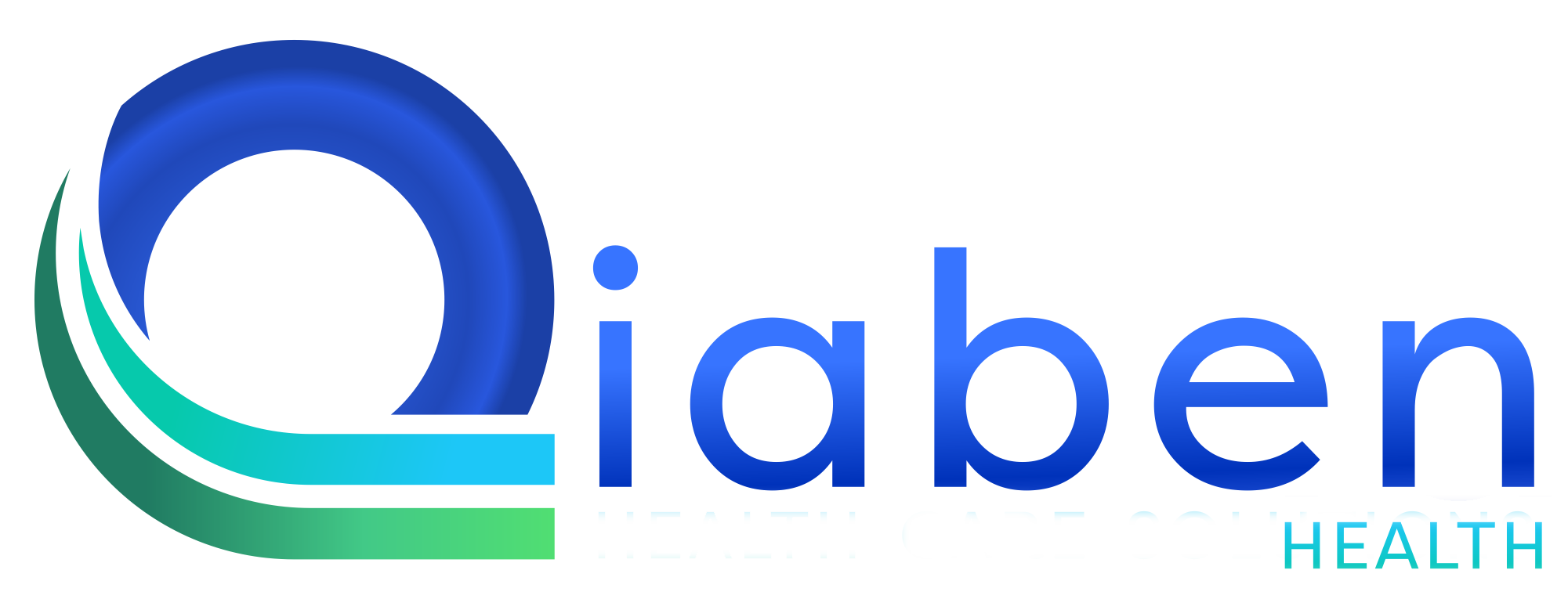In the intricate world of healthcare, accurate and precise coding is essential for ensuring effective communication, proper reimbursement, and ultimately, the delivery of quality patient care. Understanding how to assign ICD-10 codes to various clinical scenarios is a fundamental skill for medical professionals, from clinicians to medical coders. Let’s delve into the nuances of ICD-10 coding and explore how you can enhance your coding skills to navigate the complexities of the healthcare landscape.
Introduction to ICD-10 Coding
What is ICD-10 Coding?
ICD-10, or the International Classification of Diseases, 10th Revision, is a coding system used worldwide to classify diseases, injuries, and other health-related conditions. It provides a standardized way to document and track medical diagnoses and procedures, facilitating the exchange of health information across different healthcare settings.
Importance of Accurate Coding in Healthcare
Accurate coding is crucial for several reasons. Firstly, it ensures that healthcare providers can accurately describe a patient’s condition or diagnosis, enabling effective communication among care team members. Additionally, correct coding is essential for billing purposes, as it determines reimbursement levels from insurance companies and government payers.
Understanding the Structure of ICD-10 Codes
Components of an ICD-10 Code
An ICD-10 code typically consists of three to seven alphanumeric characters, each providing specific information about the diagnosis or condition being coded. These characters represent various aspects, such as the category of the disease, its etiology, anatomical location, severity, and other pertinent details.
Hierarchical Structure of Codes
ICD-10 codes follow a hierarchical structure, with broader categories at higher levels and more specific codes nested within them. This hierarchical arrangement allows for easy navigation and classification of a wide range of medical conditions, from general diseases to highly specific diagnoses.
Importance of Accurate Coding in Healthcare
Impact on Patient Care
Accurate coding directly impacts patient care by ensuring that clinicians have access to comprehensive and precise health information. This information enables them to make informed decisions regarding diagnosis, treatment planning, and ongoing management of patients’ conditions.
Billing and Reimbursement Implications
In addition to its clinical significance, accurate coding plays a crucial role in the financial aspects of healthcare. Properly coded claims facilitate timely and appropriate reimbursement for healthcare services rendered, helping healthcare organizations maintain financial viability and sustainability.
Developing Coding Skills
Learning Resources and Tools
There are numerous resources available to help individuals develop their coding skills, including textbooks, online courses, webinars, and coding software platforms. These resources provide comprehensive instruction and practice exercises to familiarize learners with the ICD-10 coding system.
Practice Scenarios and Exercises
Practice is essential for mastering ICD-10 coding skills. Engaging in coding exercises and real-world practice scenarios allows individuals to apply their knowledge and hone their coding accuracy and efficiency over time.
Tips for Accurate ICD-10 Coding
Documentation Review
Thorough documentation review is critical for accurate coding. Healthcare professionals must carefully examine medical records, clinical notes, and other relevant documents to capture all pertinent information needed for code assignment.
Code Specificity and Completeness
Coding specificity is vital for accurately reflecting the severity, acuity, and complexity of a patient’s condition. It’s essential to select the most precise code that fully describes the diagnosis or procedure performed, avoiding nonspecific or unspecified codes whenever possible.
Common Clinical Scenarios and Corresponding ICD-10 Codes
In everyday clinical practice, healthcare providers encounter a wide range of patient presentations and diagnoses. Here are some common clinical scenarios and their corresponding ICD-10 codes:
- Diabetes Mellitus Type 2: E11.9
- Acute Myocardial Infarction: I21.9
- Pneumonia: J18.9
- Stroke: I63.9
- Fractured Femur: S72.9
Challenges in ICD-10 Coding
Ambiguity and Specificity Issues
ICD-10 coding can be challenging due to the inherent ambiguity and specificity issues present in medical documentation. Coders must navigate through complex clinical narratives to accurately capture the details necessary for proper code assignment.
Dealing with Updates and Revisions
The ICD-10 code set undergoes regular updates and revisions to accommodate changes in medical terminology, technology, and clinical practices. Staying abreast of these updates and understanding their implications is essential for maintaining coding accuracy and compliance.
Improving Coding Efficiency
Time-Saving Strategies
Efficient coding requires the implementation of time-saving strategies, such as using coding software with built-in features like autocomplete and code lookup functionalities. These tools streamline the coding process and help minimize errors and discrepancies.
Utilizing Technology
Advancements in technology, such as artificial intelligence and natural language processing, hold promise for revolutionizing the coding process. Automated coding solutions can assist coders in identifying relevant codes and ensuring consistency and accuracy in code assignment.
Continuing Education and Professional Development
Certification Programs
For individuals seeking to advance their coding careers, pursuing professional certification, such as Certified Coding Specialist (CCS) or Certified Professional Coder (CPC), can enhance their credentials and demonstrate their proficiency in ICD-10 coding.
Continuing Education Opportunities
Continuing education is essential for staying current with evolving coding guidelines, regulations, and best practices. Participating in continuing education programs, workshops, and conferences allows coders to expand their knowledge base and refine their coding skills.
Conclusion
Mastering the art of ICD-10 coding is a valuable asset for healthcare professionals across various disciplines. By developing proficiency in accurately assigning ICD-10 codes to clinical scenarios, individuals can contribute to the delivery of high-quality patient care, ensure proper reimbursement, and maintain compliance with regulatory requirements.
FAQs
What are ICD-10 codes used for?
- ICD-10 codes are used to classify diseases, injuries, and other health-related conditions for purposes of diagnosis, treatment, and billing.
How can I improve my ICD-10 coding skills?
- Improving ICD-10 coding skills requires continuous learning, practice, and staying updated on coding guidelines and best practices.
Are there any free resources available for learning ICD-10 coding?
- Yes, there are several free online resources, including educational websites, coding forums, and webinars, that offer valuable information and training on ICD-10 coding.
How often are ICD-10 codes updated?
- ICD-10 codes are updated annually to incorporate new diseases, treatments, and medical terminology, as well as to reflect changes in clinical practice.
Can inaccurate coding affect patient care?
- Yes, inaccurate coding can have significant repercussions on patient care, including misdiagnosis, inappropriate treatment, and potential adverse outcomes.






